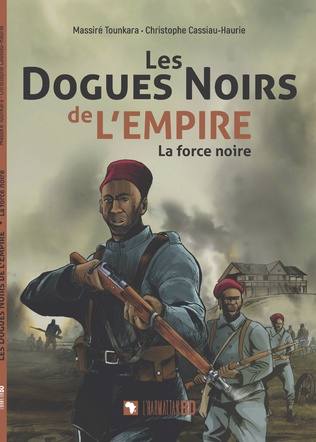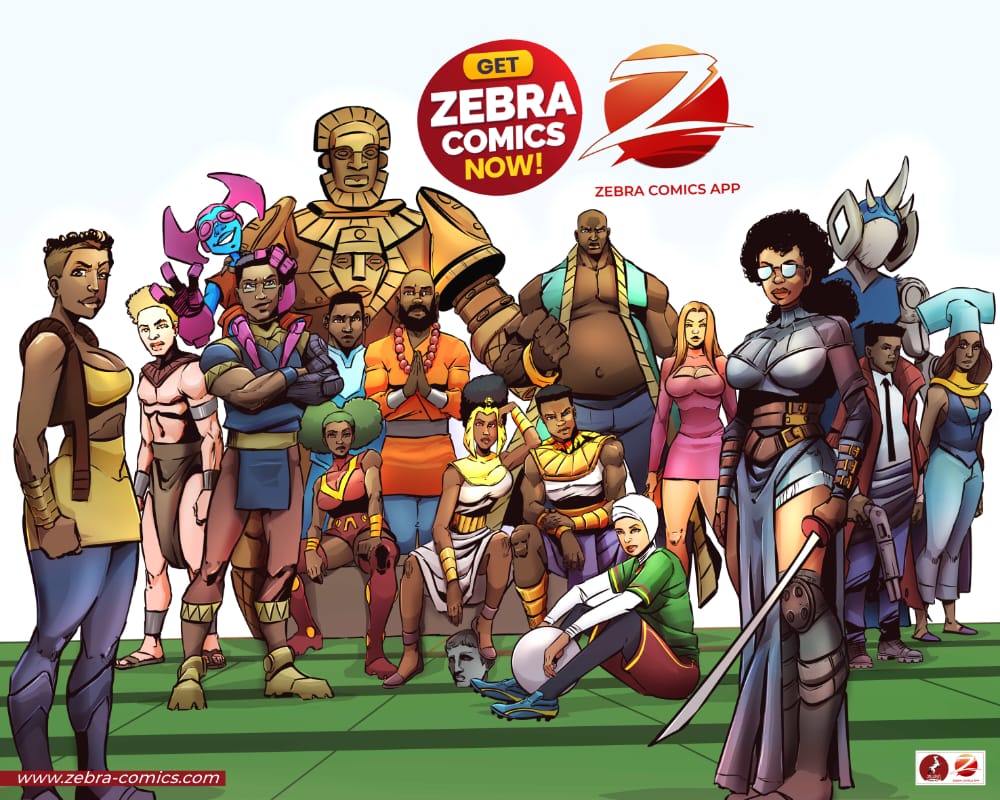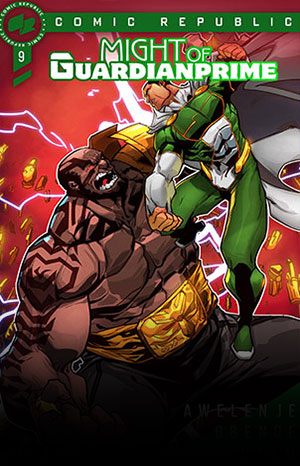Comics have been used as a tool to raise awareness and educate readers about important political issues around the world. African comics are no exception. From digital comics to print comics, African creators are producing works that explore the political landscape of their countries and the continent as a whole. In this article, we’ll take a look at some of the best African comics based on politics.
1. Wrong Dial
Synopsis: Wrong Dial is an African comic book set in the Lake Chad region. Qutir, a terrorist group, is causing chaos in the area, and the governments are determined to stamp out this growing threat. Qutir, who is running low on resources, is feeling the pressure from the international community’s solidarity. To turn the tide of the battle, the group’s strategist turns to witchcraft, defying cultural norms and ignoring the consequences that come with such a decision. The story follows Wahab Guiswe, who loses his brother during a military raid. Fueled by a desire for revenge, Wahab is willing to use ancient, forbidden technologies to achieve his goal. Wrong Dial is an African fantasy story that explores the use of witchcraft technology in terrorism and how it shapes the politics of the region.
Overall, Wrong Dial is an excellent example of African comics that explore political themes. The use of witchcraft technology in the story is a unique twist on the typical political thriller, and the creators did a great job of delivering a compelling story. If you’re a fan of political thrillers or fantasy stories, then Wrong Dial is definitely worth checking out.
Team: Wrong Dial was created and written by Fensou Miles, illustrated by Jean Ayissi, and coloured by Judith Ebogo and E.N. Ejob.
Where to find: You can read Wrong Dial on the Zebra Comics app, which is available on Android and iOS devices. You can also read it on their website.
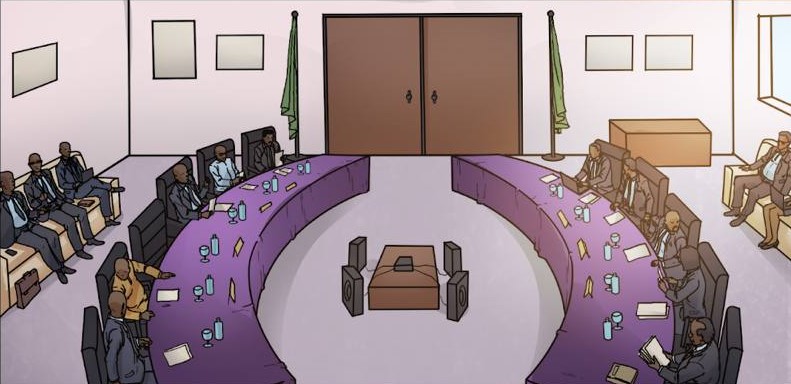
2. Le Cauchemar d’Obi
Synopsis: Le Cauchemar d’Obi is a satirical comic book that presents a take on the consequences of dictatorship on the lives of ordinary citizens in Equatorial Guinea. The story follows the journey of President Obiang Nguema as he wakes up one day to find himself stripped of his power and wealth and living like an average citizen in a poor neighbourhood of the capital city.
Team: Le Cauchemar d’Obi was created and written by Chino and Tenso Tenso, with illustrations by Jamonyqueso.
Where to find: You can find it on Waanda Comics’ website, an online platform that provides access to African digital comics. Readers can access the comic by subscribing to the platform or purchasing the digital version of the comic.
3. Lucha: Chronicle of a Nonviolent Revolution in Congo
Synopsis: “Lucha: Chronicle of a Nonviolent Revolution in Congo” presents the narrative of a nonviolent battle undertaken by young Congolese of diverse backgrounds, origins, and religions in a country where matters are frequently settled by the use of weaponry or corruption.
This citizen movement began in 2012 in Goma, in the Democratic Republic of the Congo’s eastern area (Kivu region). Members of the Lucha advocate exclusively through nonviolent acts for access to water, education, the elimination of impunity for armed organisations, and the staging of presidential elections. The graphic novel is a testament to the movement’s five-year struggle for reform, courage, and hope, and it received Amnesty International’s Ambassador of Conscience Award in 2016.
Team: Written by Justine Brabant, a journalist and independent researcher with a master’s degree in political science from Sorbonne, and illustrated by Annick Kamgang, a press cartoonist born in Yaoundé, Cameroon. Lucha: Chronicle of a Nonviolent Revolution in Congo is her first graphic novel and her first collaboration with a journalist.
Where to find: You can read Lucha: Chronicle of a Nonviolent Revolution in Congo on Babelio.

4. Tempête sur Bangui (Storm over Bangui)
Synopsis: The comic book depicts the brutality and mayhem created by the Séléka coalition during the turmoil in the Central African Republic between the end of 2012 and June 2013. Didier Kassa, the author, draws on his personal experience as a cartoonist at this time to demonstrate the solidarity, humour, and creativity that developed during this trying time.
The illustrations are done in fine lines and watercolours, with many amusing details and faces that lack features, such as black masks. The dialogues capture the Bangui dialect and feature Sango idioms that are translated in footnotes. The comic is the first in a three-part series.
Team: Author and illustrator: Didier Kassaï
Where to find: You can find the comic book on Amazon.
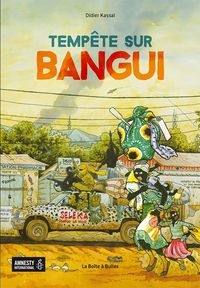
5. LES DOGUES NOIRS DE L’EMPIRE
Synopsis: Les Dogues Noirs de l’Empire tells the story of Bakary, a young warrior from the Kabyé ethnic group, who joins the Senegalese riflemen in August 1914 to prevent his village from being destroyed by the colonial administration.
The book sheds light on a little-known aspect of African history, depicting the conflict Bakary experiences with his own people. The title is a tribute to Léopold Sédar Senghor, as reflected in the quote: “Yes Lord, forgive France, which opens triumphal paths to heroes and treats its Senegalese as mercenaries, making them the black mastiffs of the empire”.
Team: Writer: Christophe Cassiau-Haurie; Illustrator: Massiré Tounkara.
here to find: You can find the comic book on Editions Harmattan.
